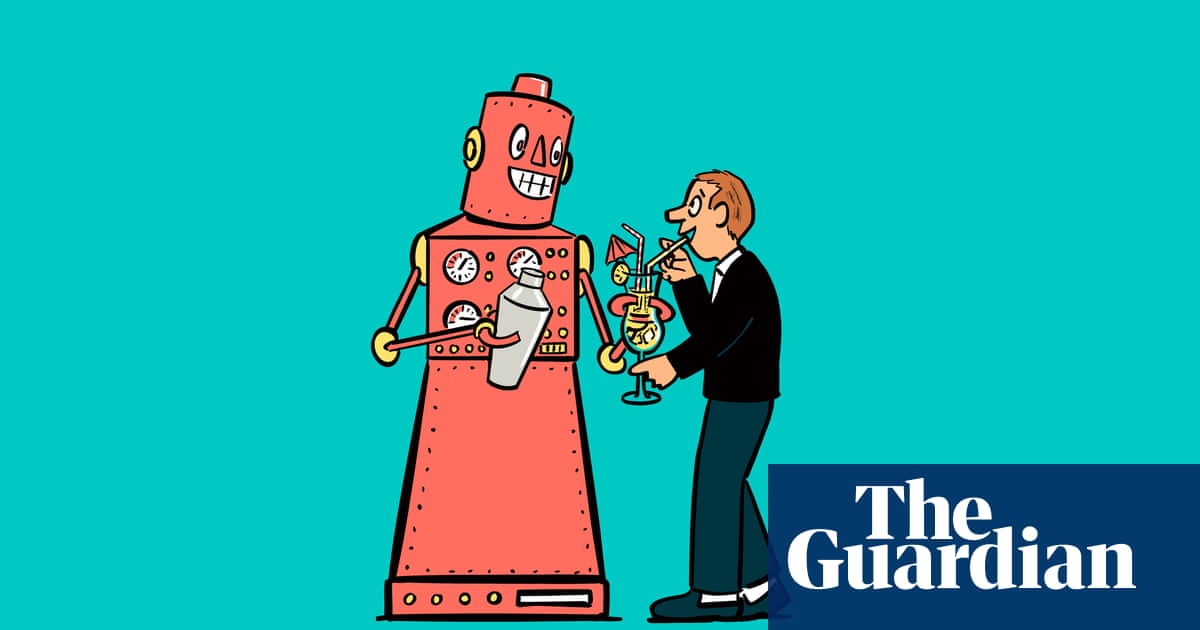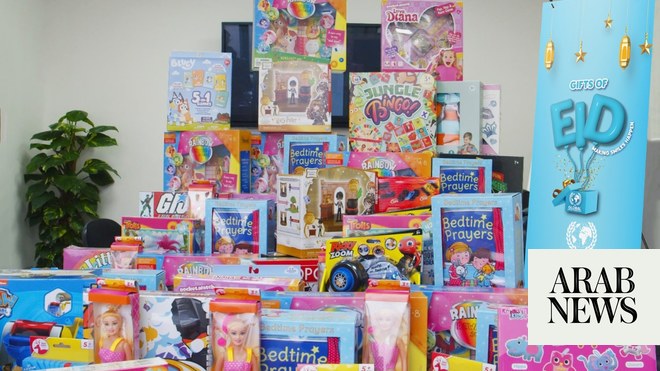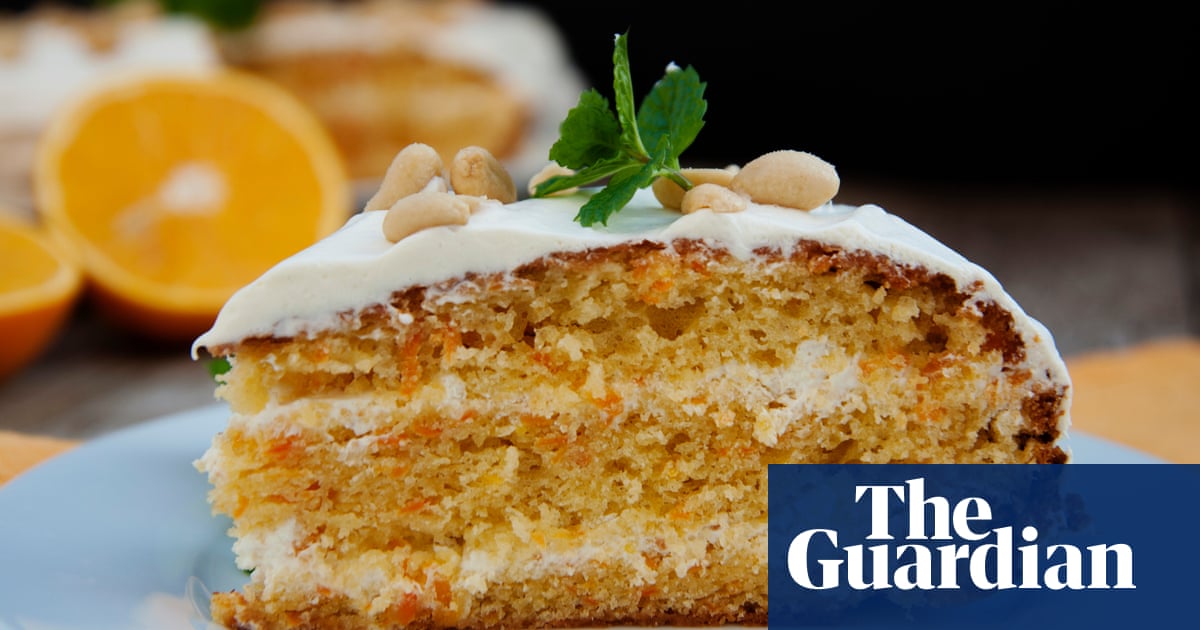
Cristiano Ronaldo was already 24 years old, with three Premier League titles, the Champions League and the Club World Cup on his honours list when the CR7 trademark was registered in June 2009, just under a year after it had been used for the first time to promote a line of underwear.
The Manchester United player had also scored 22 goals in 66 games for Portugal. He had taken part in three major international tournaments and reached the final of the 2004 European Championship. Everything – including a dream move to Real Madrid – was in place to monetise his on-field achievements as no other footballer had ever done before. Ronaldo was different. He had the talent, the looks and, more importantly, a near-exhibitionistic keenness to be filmed, photographed and admired.
Kylian Mbappé was different too, but in another way. The image he projected as a very young man exploding on to the French football scene was that of a happy-go-lucky, slightly mischievous, even cartoonish character who was out to have fun – and make fun of others too. You could imagine him looking back and thumbing his nose at the defenders he regularly left in his trail, his heels kicking sparks and clouds of dust off the pitch. He giggled when he saw his face projected on the giant screens of the Stade de France. He had the charm of a Parisian poulbot. He was the imp with a winning smile, not a frowning footballing superman gifted with the physique of a kouros.
Yet Mbappé didn’t wait as long as Ronaldo and his protector, Jorge Mendes, did to make sure that the commercial rights associated with his name were protected. In August 2017, when still 18 and having played a grand total of 40 games in Ligue 1 with Monaco, the French law practice Cabinet Flechner filed the “Kylian Mbappé” trademark with the UK registration body, IPO. That he was a prodigy was not in doubt. All of Europe knew it by then, and France had known it for a while. Monaco had enjoyed a thrilling 2016-17 campaign in the Champions League, the teenager scoring six in nine in the Monagesque club’s run to the semi-finals of the competition.
This said, Mbappé still had not scored his first goal for France. He was not yet the generational player who would become a world champion in Russia and a regular guest at Emmanuel Macron’s Elysée dinners a year later; but everyone around him, starting with his father, Wilfried, and his mother, Fayza, later joined by the formidable sports lawyer Delphine Verheyden, was convinced he would be. They did everything in their power to ensure that this would be the case, as Neymar Sr, assisted by the legal adviser Marcos Motta, had tried to engineer the trajectory of his son. First, building a portfolio of sponsorships in Brazil before expanding it worldwide when Barcelona knocked at the door as expected. The difference is that, if Neymar Jr went along with his father’s strategy, Mbappé, it seems, embraced it and soon became one of its architects.
Since there was no doubt Real Madrid would be his club one day (unless it was Barcelona), it made sense for the privately educated Mbappé to take one-to-one Spanish lessons, as he did from the age of 15, just as it made sense to specialise in “management science and technologies” for his Baccaleureat. As he explained in a 2017 interview with Le Parisien, he “needed this diploma for [his] post-career plans, which include becoming a coach”. Mbappé was 18 when he said that. Unlike Ronaldo, he did not become a project as he grew into not just an exceptional footballer, but a footballer of exception. He had been a project from the start.
Word of his unique qualities had spread throughout European scouting circles before his voice had broken. Bondy, where he was registered as a player from the age of six, was known as one of the most fertile breeding grounds for footballers in the Île-de-France, itself the most fertile breeding ground for footballers in the world. One Spanish scout told me that any hope a middling European club might have had of signing him had gone by the time the boy was 12 and had joined the Institut national du football of Clairefontaine. No, he corrected himself, probably earlier than that. Kylian had been sponsored by Nike for five years by then.
The move to Madrid is more than the next logical step for Project Mbappé, now that he is entering what ought to be the best years of his footballing life. It constitutes a reboot. It’s not so much that what had long been an uneasy relationship with Paris Saint-Germain had turned sour. It was worse than that. It had turned flat. The phenomenal statistics (256 goals and 108 assists in 308 games over the seven seasons he spent in Paris) do not register as they should, given PSG’s crushing superiority over their supposed rivals.
Who would pay attention to a top 10 tennis player beating everyone out of sight on the Challenger circuit? His all-important image has suffered accordingly at home, with fans and media seizing on every perceived display of disinterest or petulance, of which there have been too many over the past couple of years, at odds with the oh-so-slick and child-friendly persona promoted by his “Inspired by Kylian” foundation.
It’s another story with Les Bleus, of course, even if Didier Deschamps choosing him over Antoine Griezmann for the captaincy did not go down too well in certain quarters. France is the environment in which the player can be truly himself for the duration of a major tournament. It is a safety valve, as it had been for Paul Pogba in other days, but also, this time, the antechamber to the next stage of the grand plan. After two years of dallying and frustration on all sides, he has joined Real Madrid, and with it the promise of European success and, glistening in the distance, the Ballon d’Or. To fully succeed, the project need not be set aside, but must recede into the background. The boy must smile again, and not only for the cameras. The Euros gives him the chance to do.












